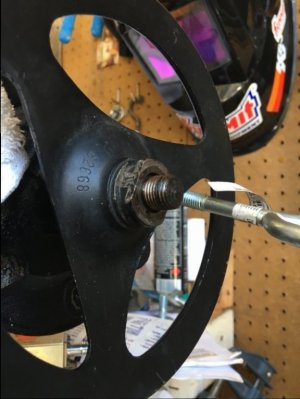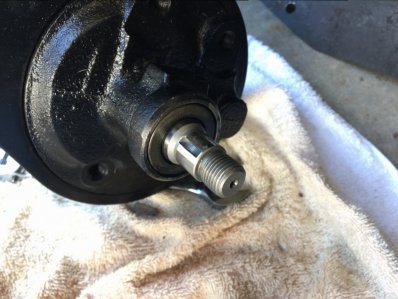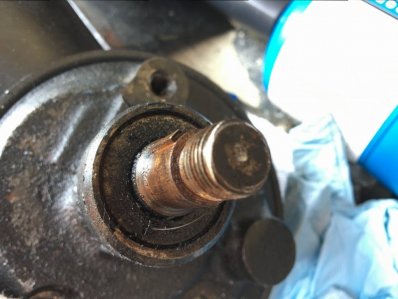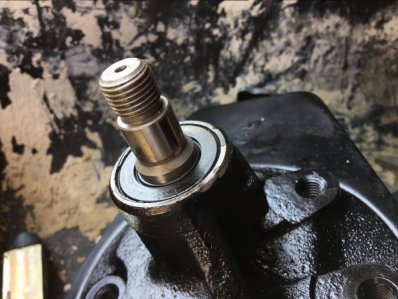Hi All,
Can someone look at the pic of my pump/reservoir? It looks like an early Saginaw based on some pics of the net.
I have a leak on the front botton side. Looks to be between pump and resevoir.
I am planning on replacing the o-ring/seal between the pump and reservoir case.
Anyone know a good source for a seal kit?
Any help is appreciated.
Thanks,
watermelon
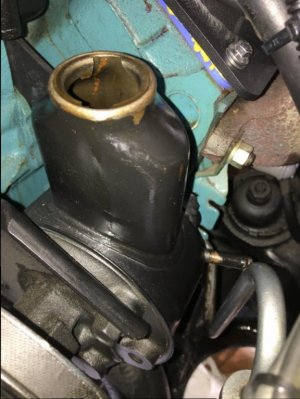
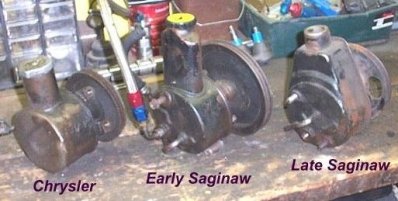
Can someone look at the pic of my pump/reservoir? It looks like an early Saginaw based on some pics of the net.
I have a leak on the front botton side. Looks to be between pump and resevoir.
I am planning on replacing the o-ring/seal between the pump and reservoir case.
Anyone know a good source for a seal kit?
Any help is appreciated.
Thanks,
watermelon



